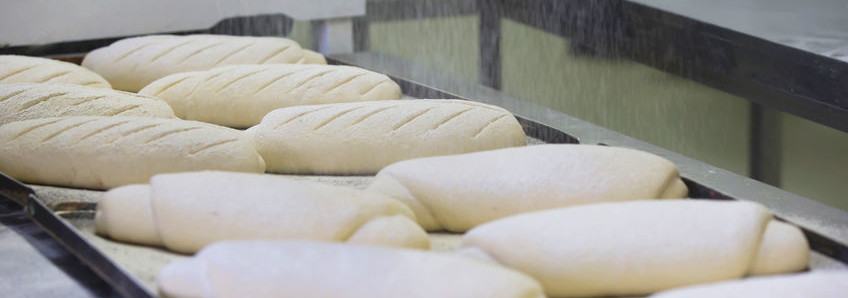
While you’re searching for ways to control shelf life, flavor, or just overall quality, make sure you check the product’s pH. An acronym for “potential of hydrogen,” it measures the acidity or alkalinity of a substance. In baking, pH control is critical for:
- Inhibiting mold spoilage
- Optimum rise in yeast- and chemically-leavened products
- Gluten behavior and overall baked goods texture
Many baking processes and characteristics are directly related to the pH of the dough and the final products.
How can I control pH?
In baked goods, there are different ways to influence pH:
- Add acids to the dough, such as fumaric, malic, citric or acetic. This is a very precise and practical method.
- With fermentation (alcoholic and/or lactic). This process increases dough acidity (lowering pH) based on beneficial microbial growth.
Typical pH values of bakery products
| Product | pH |
| Baker’s yeast bread | 5.3-5.8 |
| Sourdough bread | 3.8-4.6 |
| Wafer sheets | 6.8-7.4 |
| Snack crackers | 5.5-5.6 |
| Soda crackers | 7.2-8.0 |
| Biscuits | 7.0-7.2 |
| Eggs | 6.6 |
| Honey | 3.7-4.2 |
| Milk (cow) | 6.4-6.8 |

